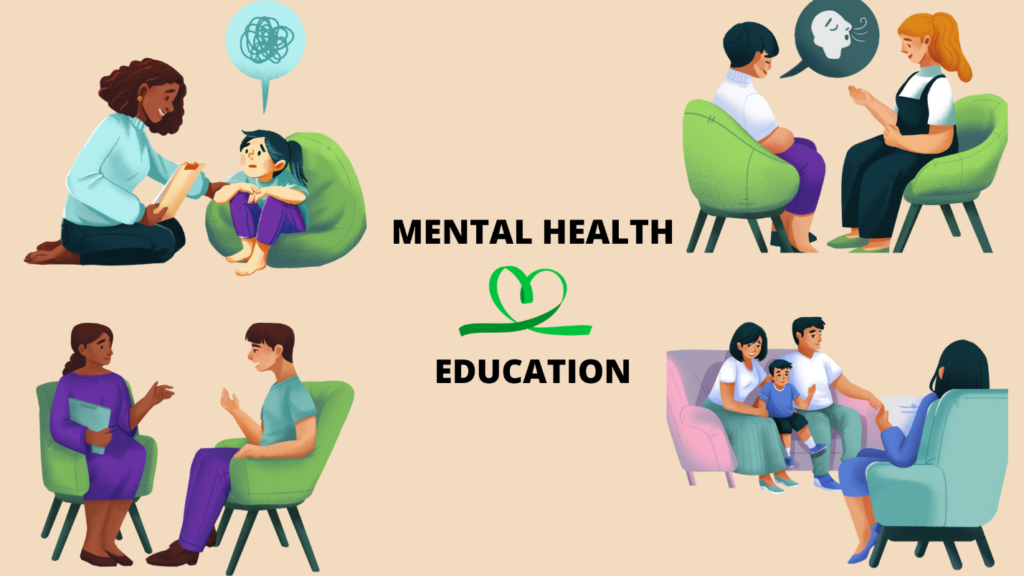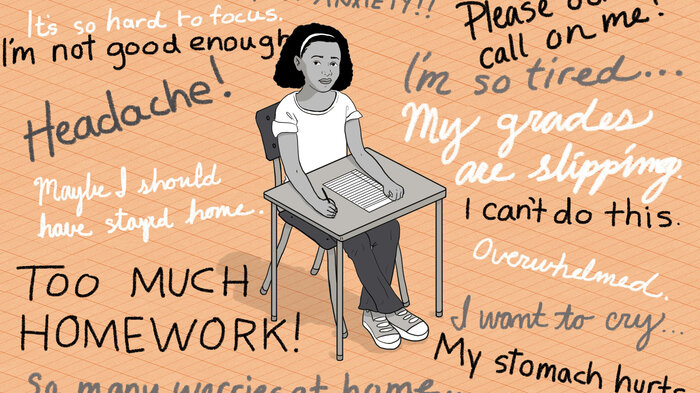
Whether you liked or despised the school, it was a permanent part of your life. Even if we didn’t realize it at the time, our experience in school helped shape who we are as adults today. Given that school is the focal point of every child who attends it, this is not surprising. Students discover their passions, likes, dislikes, as well as talents and weaknesses, here. The environment surrounding the school and the children greatly impacts how they grow.
In addition to academics, a school is a place where kids learn how to interact with others, hone their social skills, and establish their first connections away from the family. The world within a school is very different from the outside world.
A child or adolescent learns a variety of other skills at school, including how to form and maintain friendships, participate in extracurricular activities like sports and stage-based activities like hosting programs, debates, and seminars, as well as how to establish and maintain their academic skills. Thus, education can and should become a tool for a child’s holistic (social, psychological, emotional, physical, and academic) development.

What purpose does it serve to include mental health education in the school curriculum?
Given the complexity of the situation brought about by the COVID-19 pandemic, it is now essential that educators and policymakers consider including mental health education in the school curriculum to help school administrators, teachers, and parents understand the various facets of children’s and adolescents’ mental health. The following are a few advantages of including mental health education in the school curriculum:
- Teaching kids about many facets of mental health as well as how to achieve and maintain good mental health is known as mental health education. Kids and teenagers must comprehend the need for self-care and accept responsibility for their mental health. Furthermore, mental health education can emphasize the idea that mental health is a fundamental component of total health and wellbeing.
- To ensure that children grow and develop to their full potential, mental health education should start in elementary school. During this period, kids form their first friendships, while teenagers mold their sense of self-worth and self-esteem. As they mature, youth must overcome several challenges, such as exclusion from certain groups, bullying, conflict, and low self-esteem. These problems can be addressed, and mental health education can give them the resources they need to deal with them. A collaborative effort between mental health professionals (such as school counselors, clinical psychologists, psychiatrists, special educators, remedial educationists, etc.), parents, and teachers can significantly improve students’ mental health, setting the stage for a healthier and happier future.
- Increased understanding of the various mental health concerns is another goal of mental health education, as is teaching kids, parents, and teachers how to recognize mental health disorders in both themselves and other people. Untreated or incorrectly diagnosed mental health problems can result in unhealthy coping mechanisms and have a significant negative influence on a child’s ability to learn and develop. Children can learn coping mechanisms and have a better appreciation for the significance of mental health through mental health education. They may learn about techniques and resources for coping with mental health problems, which would help them develop their problem-solving abilities.
- Children might have more practice identifying mental diseases and the symptoms that go along with them. They can be more proactive in identifying issues at an early stage as a result. Early intervention can completely change a child’s life. Small alterations in behavior and thought patterns are typical before the development of any serious mental disease. If they know what to look for, teachers, family members, friends, and even the children themselves can identify these early warning signs. A few of the warning signs are mood swings, anxiety, withdrawal, and a decline in academic performance. Early intervention can lessen the severity of the mental disease. Additionally, it might aid in delaying or even stopping the onset of a severe mental health condition.
- Students who are conscious of their mental health can lead longer, healthier lives. Teenage self-harm, substance misuse, and suicide are all very serious issues that are getting worse every day. The second leading cause of death for young people between the ages of 15 and 24 is suicide. Students can recognize these issues and seek help before it’s too late by improving their understanding of the signs and symptoms of depression and other mental diseases. By providing mental health education and information about how and where to obtain treatment, schools may figuratively save lives.
- Stigma can be reduced with the introduction of mental health education. The term “stigma” refers to a mark of shame that sets someone apart. These individuals are stereotyped and defined by their sickness. Blame, humiliation, hopelessness, and pain can all stem from negative views toward stereotyped groups. We begin to mainstream mental illness conversations and the stigma around it dissipates when we educate our youth about mental illnesses. Fear and anxiety associated with mental health issues can be de-stigmatized through mental health education. We can try to mainstream mental illnesses and foster talks about the stigma related to them through education to eliminate the fear once and for all.

The present and future mental health of a kid can be significantly impacted by school-based mental health education. Increasing mental health knowledge can also aid in the development of resilience. There are countless benefits to this type of education. Schools can aid kids in growing their sense of self-worth and self-confidence, which can improve their mental well-being. Children must be taught the value of mental health, how to spot signs of mental illness, and how to receive support for any mental health problems.
In conclusion, there has been an increase in the prevalence of mental diseases in children and adolescents in every generation. The COVID-19 pandemic significantly boosted their prevalence, making them a new problem to manage in the post-COVID era. The first step in protecting the future of our younger generations is to include mental health education in the school curriculum. As a society, we must do all possible to protect our younger generations from the effects of the COVID-19 pandemic.
BLOG BY – SALONI LAD

